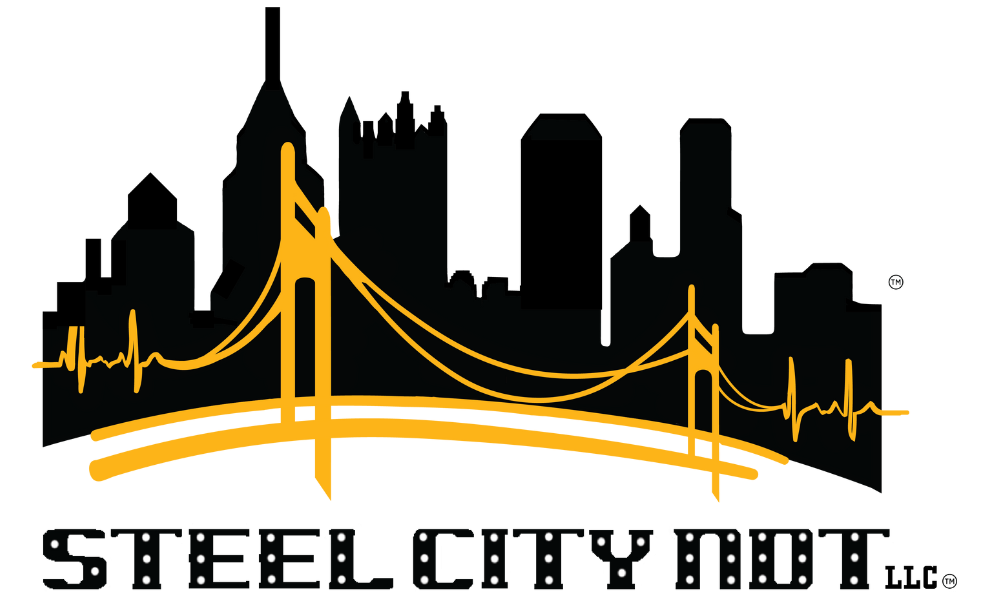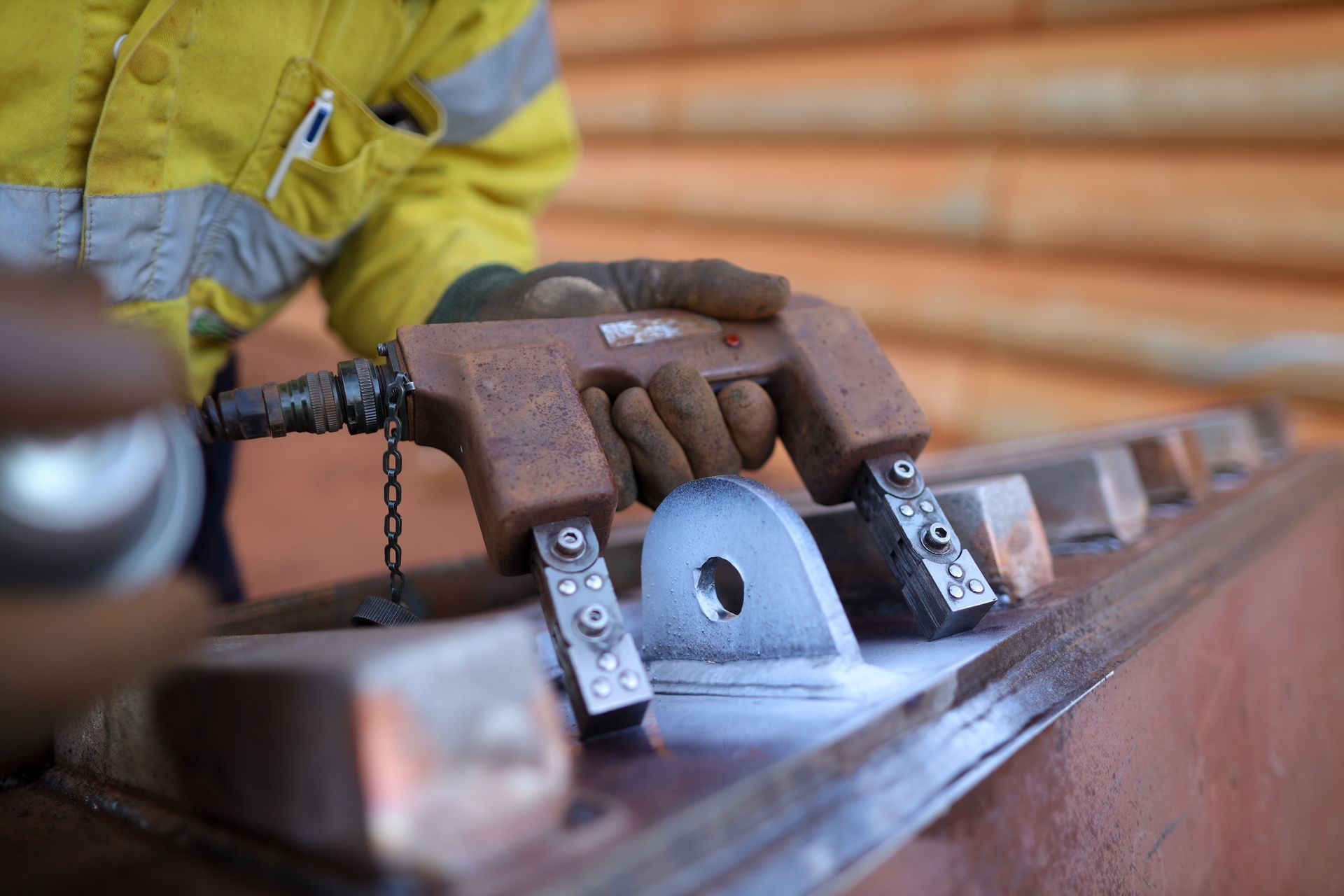History of Non-Destructive Testing
February 21, 2023
Non-destructive testing has come so far since its beginning!
Non-destructive testing (NDT) is the process of inspecting, testing, or evaluating materials, components, or assemblies without causing damage. This technique has been used in various industries for many years, and its development can be traced back to the 1800s.
The history of NDT dates back to the early 1800s when visual inspection was used to detect surface cracks on metal parts. The first non-destructive testing method used was the
magnetic particle inspection
(MPI), which was developed in the 1860s. MPI involves placing a magnetic field around the object being inspected, and then applying iron oxide particles to the surface. The particles collect at the site of any cracks or defects, making them easily visible.
In the early 1900s, the
ultrasonic testing
(UT) technique was developed, which uses high-frequency sound waves to inspect materials. The first practical application of UT was for detecting defects in armor plates used on naval vessels during World War I. UT quickly became a widely used method for non-destructive testing, and it is still used today in a variety of industries, including aerospace, automotive, and manufacturing.
In the 1920s, the
dye penetrant inspection
(DPI) method was developed, which involves applying a liquid dye to the surface of an object and then wiping it off. The dye is drawn into any surface defects, which are then visible under UV light. DPI is still used today for detecting cracks and other surface defects on a variety of materials.
During the 1940s and 1950s,
radiography
was developed, which involves passing X-rays or gamma rays through an object and capturing the resulting image on film. Radiography is still used today, and it is one of the most widely used non-destructive testing methods for detecting internal defects in materials.
In the 1960s,
eddy current testing
(ECT) was developed, which involves inducing an electric current in a conductive material and then measuring the resulting magnetic field. ECT is used to detect defects in conductive materials, such as metal pipes and tubing, and it is also used to measure the thickness of non-conductive coatings on conductive materials.
Over the years, new non-destructive testing methods have been developed, such as acoustic emission testing, digital radiography, and computed tomography. These new methods have improved the accuracy and speed of non-destructive testing, making it an essential part of many industries today.
In conclusion, the history of non-destructive testing is long and rich, with many different methods being developed over the years. These methods have revolutionized the way that materials are inspected and tested, making it possible to detect defects and problems without causing damage. As technology continues to evolve, it is likely that even more advanced non-destructive testing methods will be developed, further improving the accuracy and reliability of this important technique.
If you're in the Pittsburgh area and need reliable non-destructive testing services, look no further than
Steel City NDT. With our experienced team of certified technicians and state-of-the-art equipment, we can provide accurate and timely inspections for a wide range of materials and industries.
Contact us
today to schedule an appointment or to learn more about
our services.





